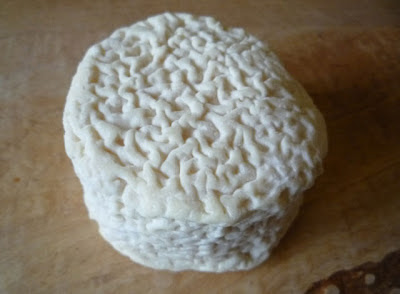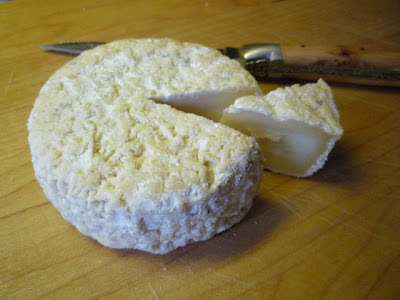Beaufort is a very large cooked pressed firm cheese made
exclusively with the raw milk of Tarine also called Tarentaise and Abondance
breed of cows. These cows are agile and strong and perfectly suited for the
rough terrain of the high pastures.
There are three different types of Beaufort; Beaufort, Beaufort
d’été (which is a summer Beaufort) and Beaufort Chalet d’Alpage. Beaufort d'Alpage
is only a small part of the summer production (about 10,000 wheels). Beaufort
d'Alpage must be manufactured using traditional methods, in a mountain chalet
that is 1,500 meters minimum above sea level and with the milk of a single herd
of cattle. The AOP (Appellation d’Origine Protégée) specifications impose an
annual production limit of 5000 liters of milk per cow or a daily production of
16 liters. Keep in mind it takes about 500 litres (130 gallons) of milk to make
a Beaufort of 45 kg (99 lb).
An excellent way to serve Beaufort is with smoked salmon. It pairs
nicely with a Chablis or a white Burgundy wine. Beaufort melts well and is a
great choice for a cheese fondue. You must try the exquisite Fondue Savoyarde; made with equal parts
of 3 cheeses from the Savoie region; Beaufort,
Abondance and Tomme de Savoie.
Photo source: http://www.fromage-beaufort.com/






































